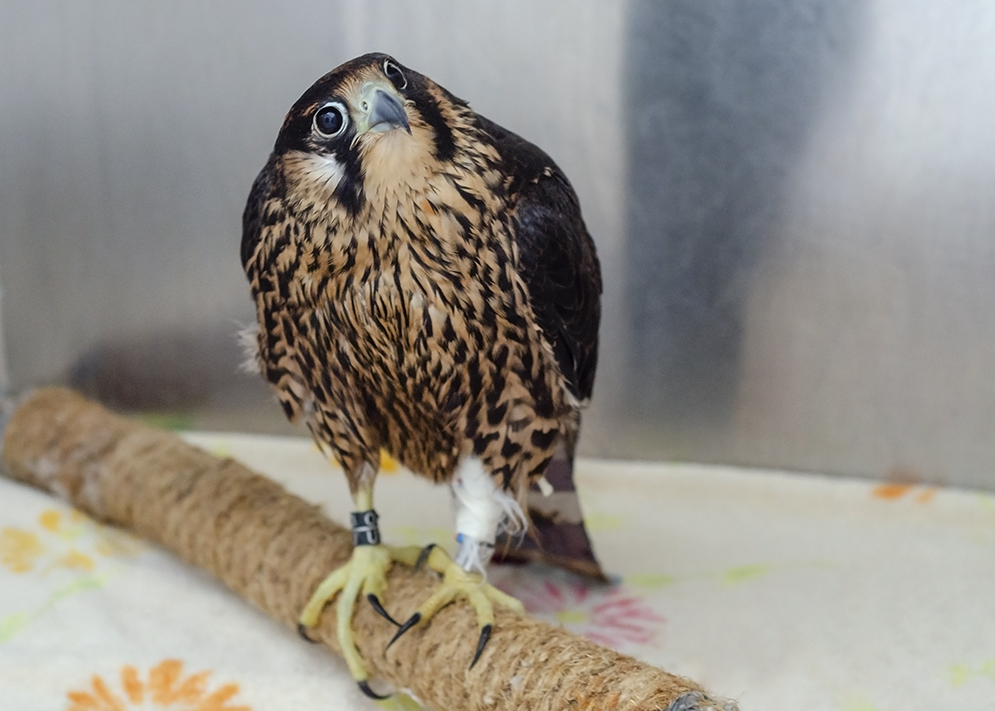
Accipiters and Falcons
by Courtney Collins There are five groups that make up the birds-of-prey species; these include Accipiter hawks, Buteo hawks, eagles, falcons, and vultures. Eagles and

by Courtney Collins There are five groups that make up the birds-of-prey species; these include Accipiter hawks, Buteo hawks, eagles, falcons, and vultures. Eagles and
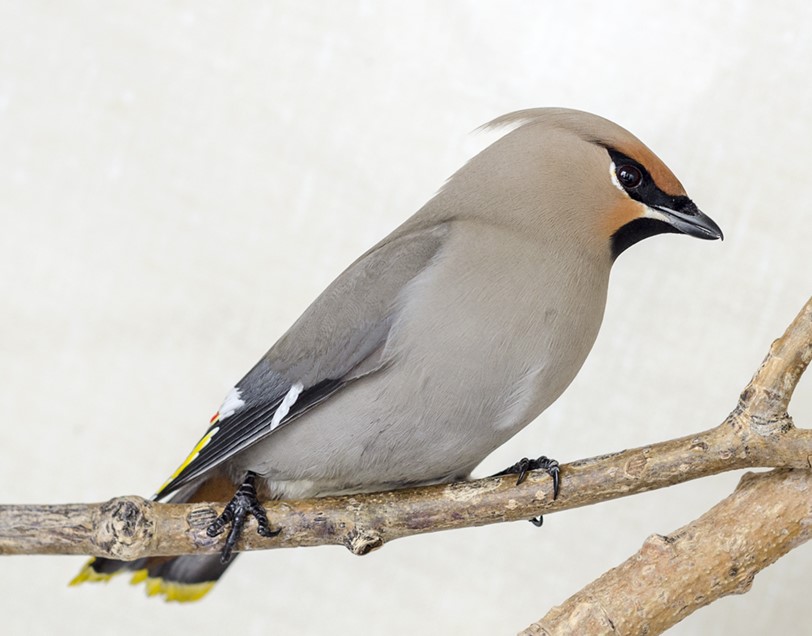
By Julia Gaume Waxwing birds are a type of passerine songbird named for the presence of waxy tips on the wings of many species (Smithsonian’s

By Kendra Thomas How do skunks cope with winter? During the coldest months of winter, skunks retreat to underground dens where they enter a state
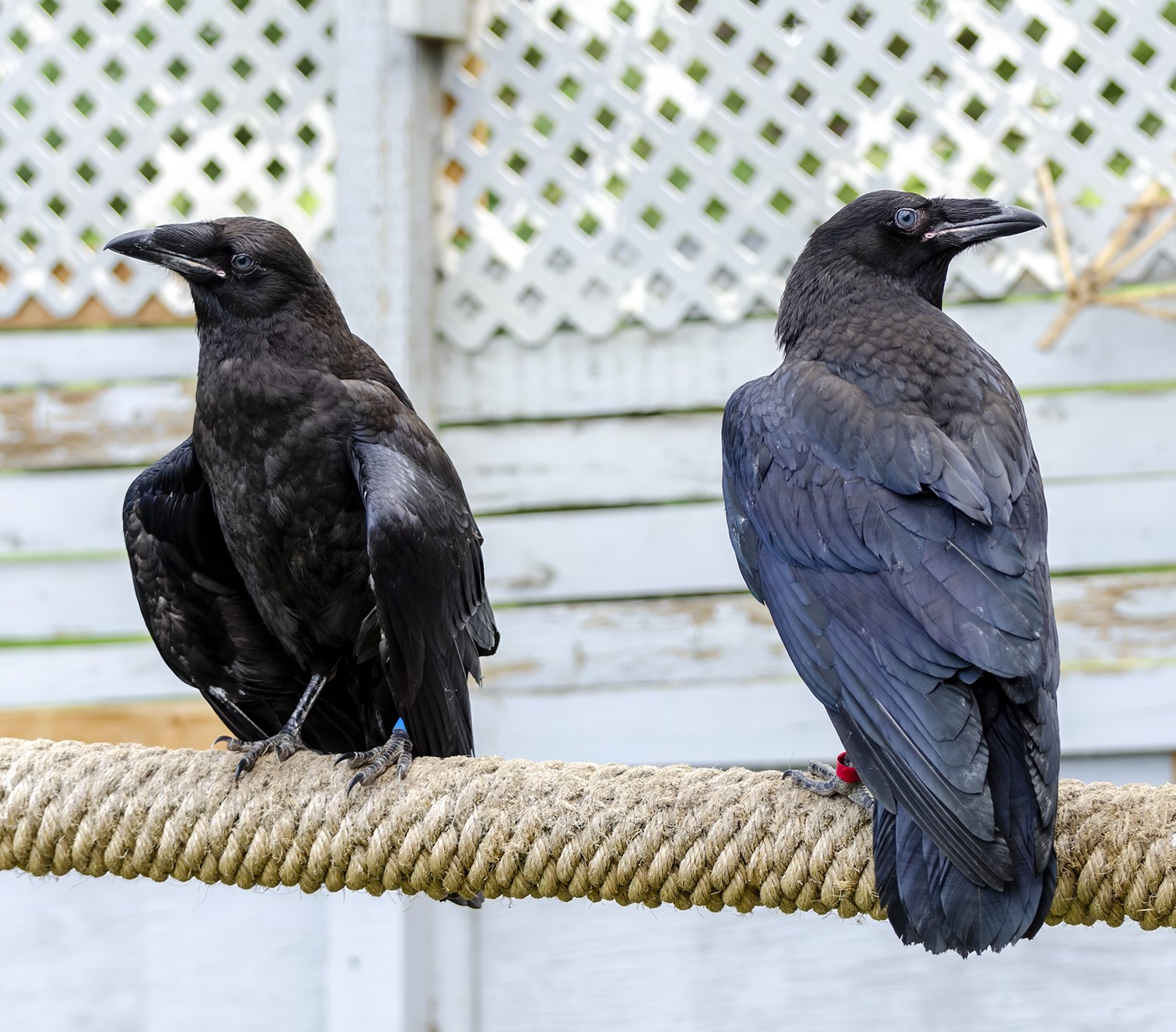
By Sydney Nelson Birds are ubiquitous on Earth: they inhabit every continent and every ecosystem, from tundra to desert and wetland to rainforest. In Alberta
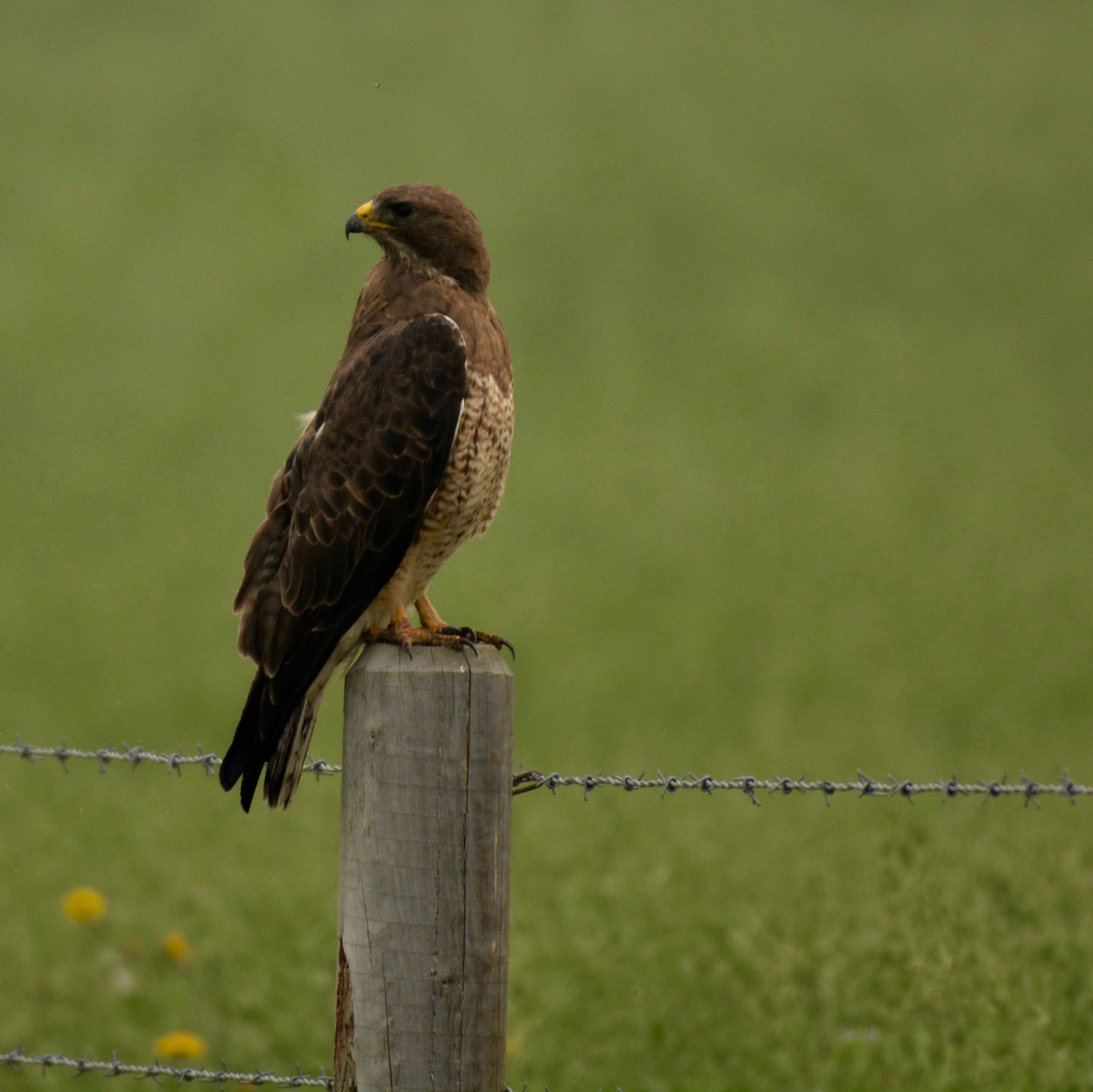
By Courtney Collins You may have seen a Swainson’s hawk (Buteo swainsoni) without even realising it as they are a common sight throughout the spring,

By Shalene Hughes The word “Mustelidae” is derived from the Latin word Mustela which means weasel.1 The Mustelidae are a diverse group of carnivorous mammals
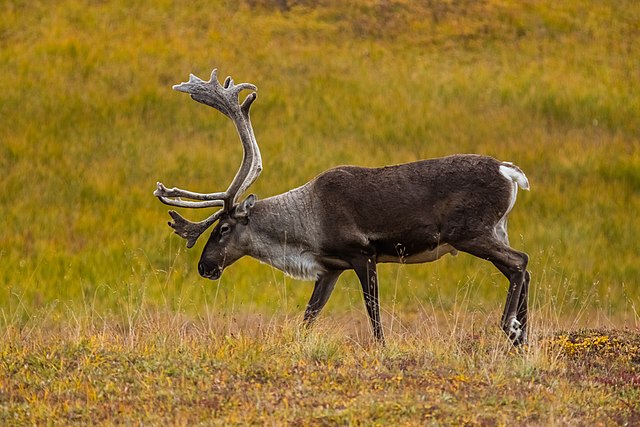
By Kendra Thomas Caribou are members of the ungulate family, a family that includes hoofed mammals such as deer and moose. Caribou can be found
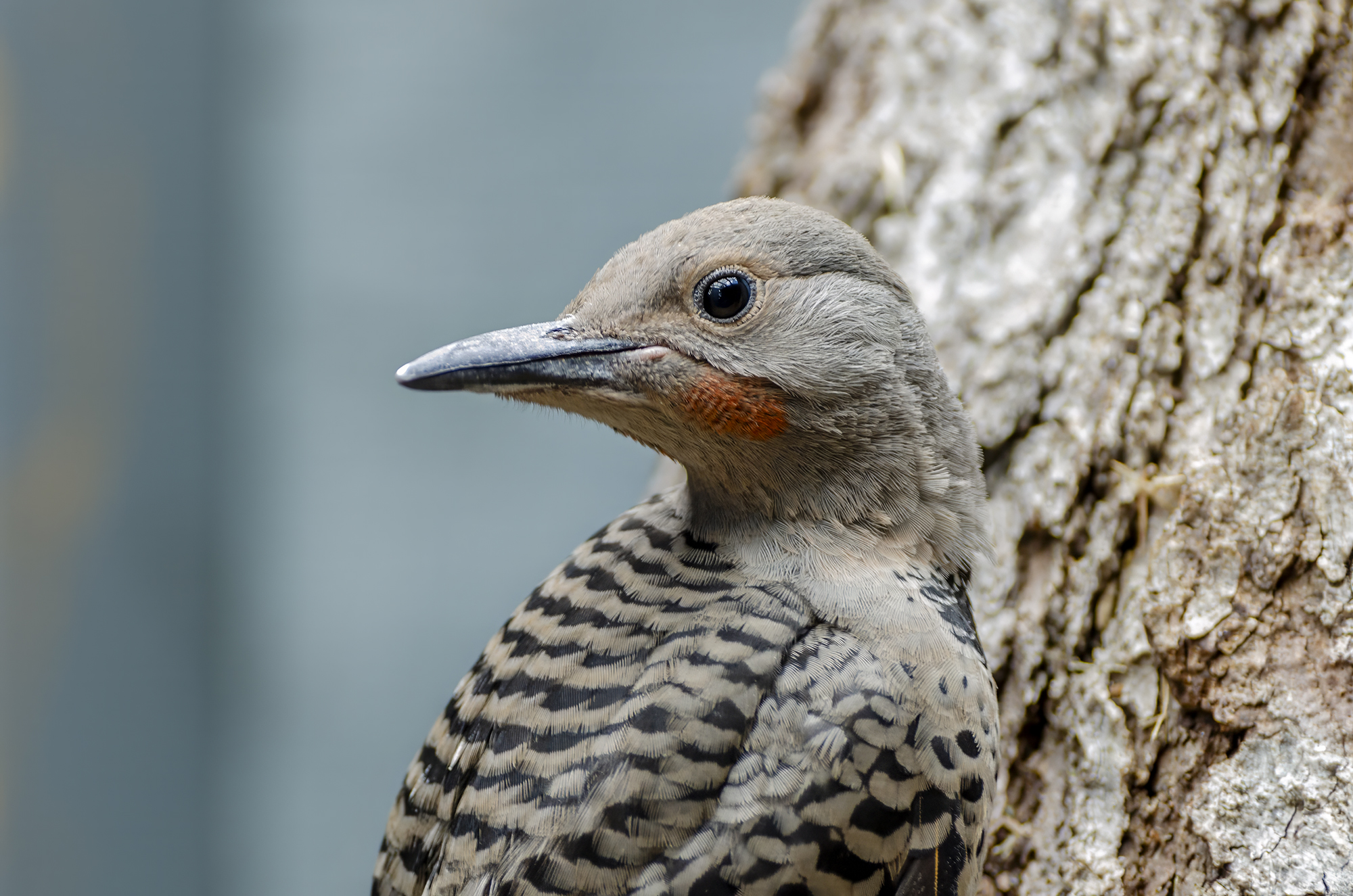
by Jennea Frischke Have you ever thought about what bird tongues look like? They are very different from our tongues. Human tongues are primarily muscular,
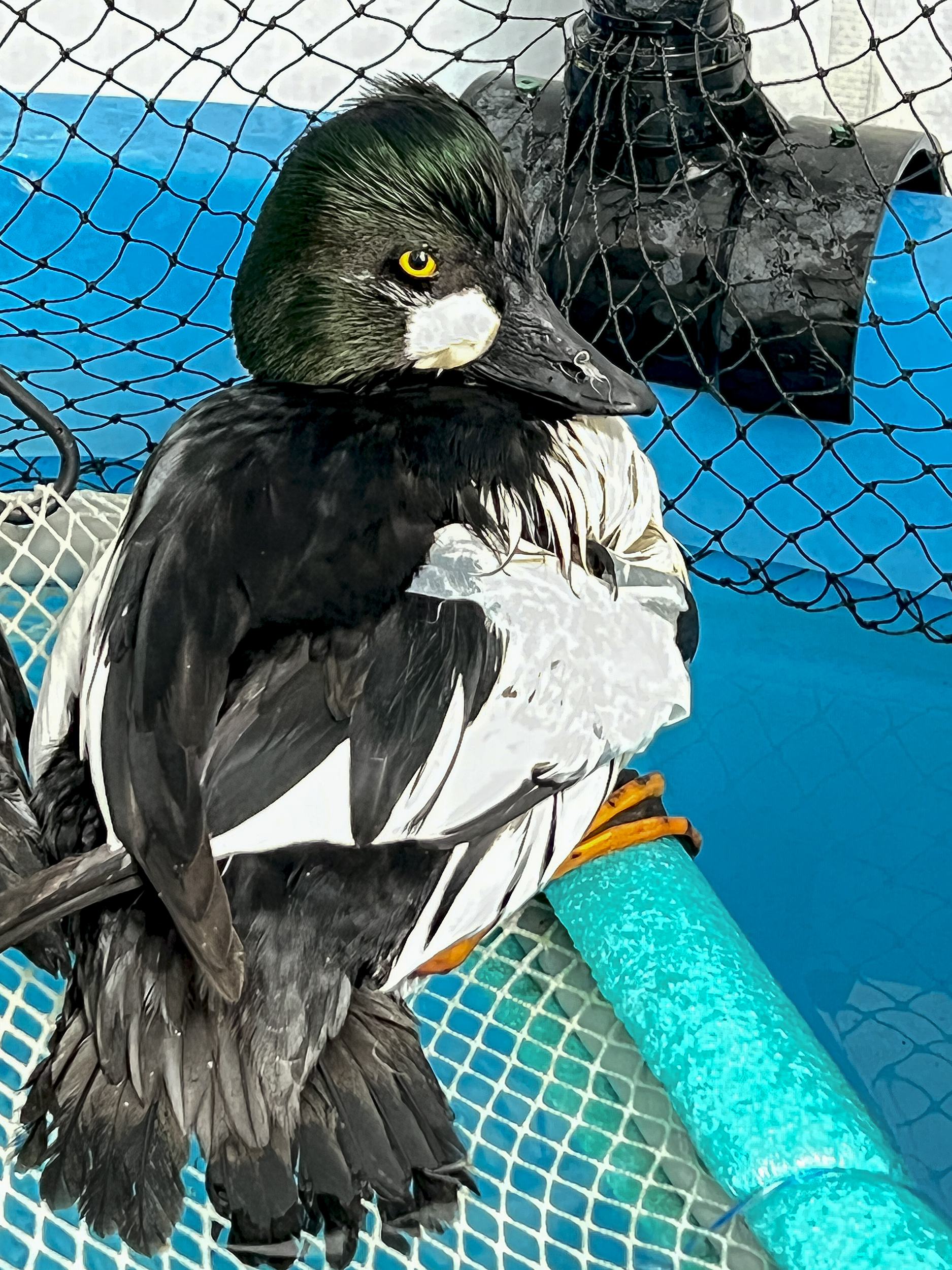
by Sydney Nelson You may know that birds are dinosaurs, or maybe you’ve heard that domestic chickens are a distant relative of the “Tyrant Lizard

by Katie Grant The coyote is a species of canine native to North America. It is one of the seven members of the Canidae family